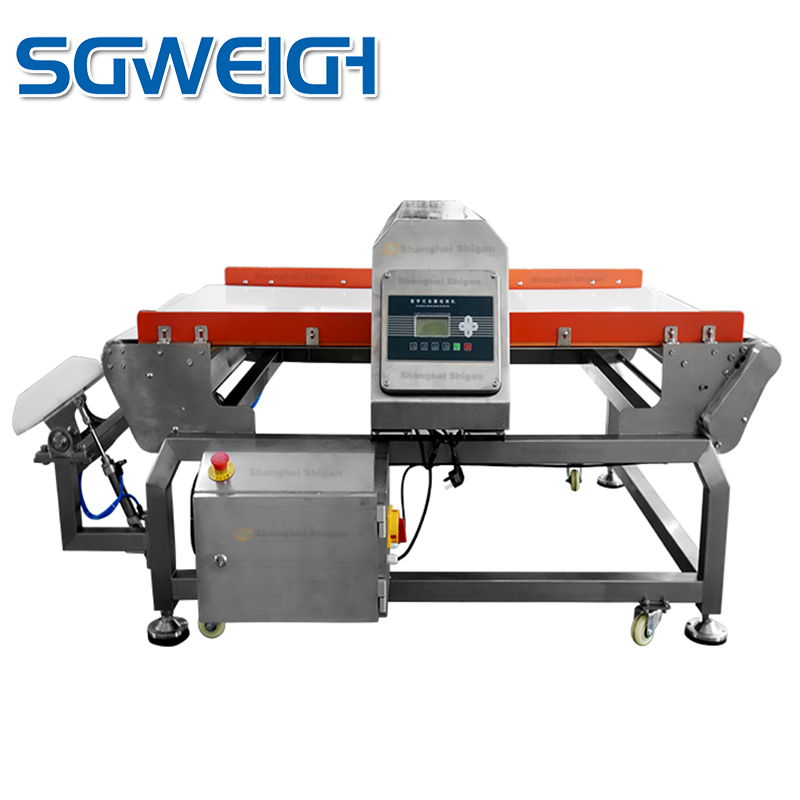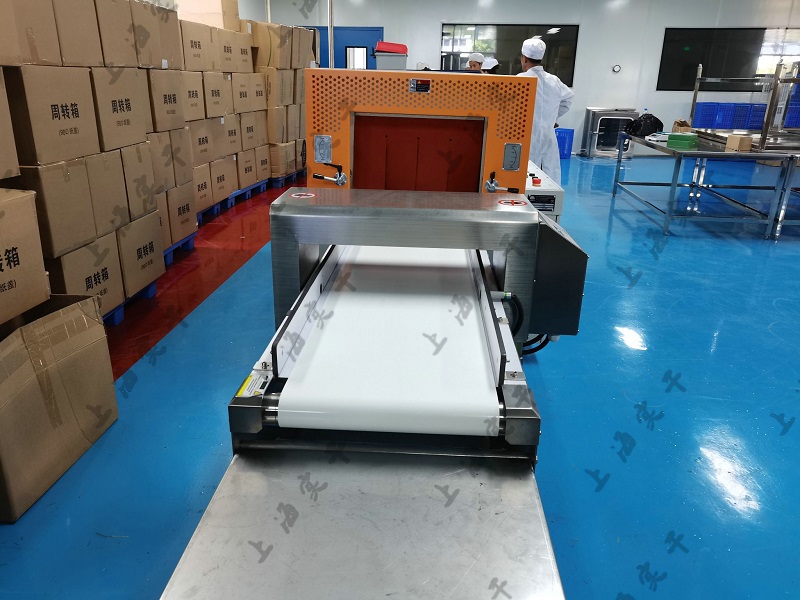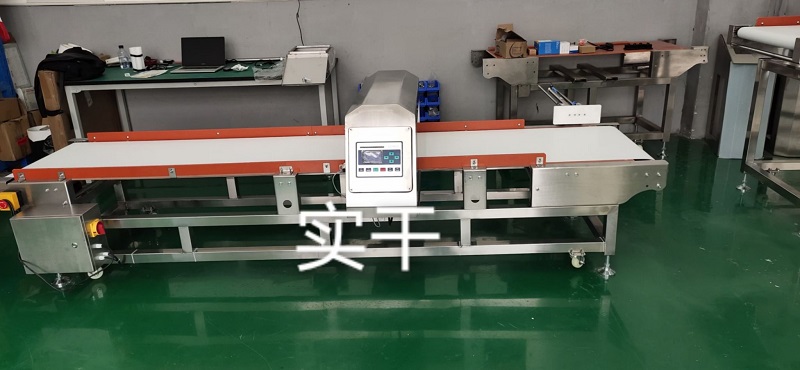Although they are all metal substances,metal detectors detect different types of metals differently, and some metals are difficult to detect.For example:conductive,magnetic metals,iron,chromium steel,carbon steel and tungsten carbide are the easiest metals to detect because they have a significant effect on the magnetic field of the metal detector.

The same is true for other low-resistance non-ferrous metals, such as copper, aluminum, lead, brass, bronze, etc. Although they are not magnetic, they are conductors and are easier to detect with a metal detector.
Only those pure, high-resistance and non-magnetic metals, such as 304 and 316 in stainless steel, pose the greatest challenge to metal detectors. They have poor electrical conductivity and are more difficult to detect, but are often used in food and packaging machinery. As long as the detector performance is good, they can still be reliably identified.

To get the best detection results from your metal detector, choosing the right location for it is just as important as choosing the best machine possible. Metal detectors can be installed in new production lines or in existing production lines.
Most food and drug manufacturers install metal detectors at the end of production lines to provide final inspection of goods before they are shipped to retailers and customers.

Hot Labels